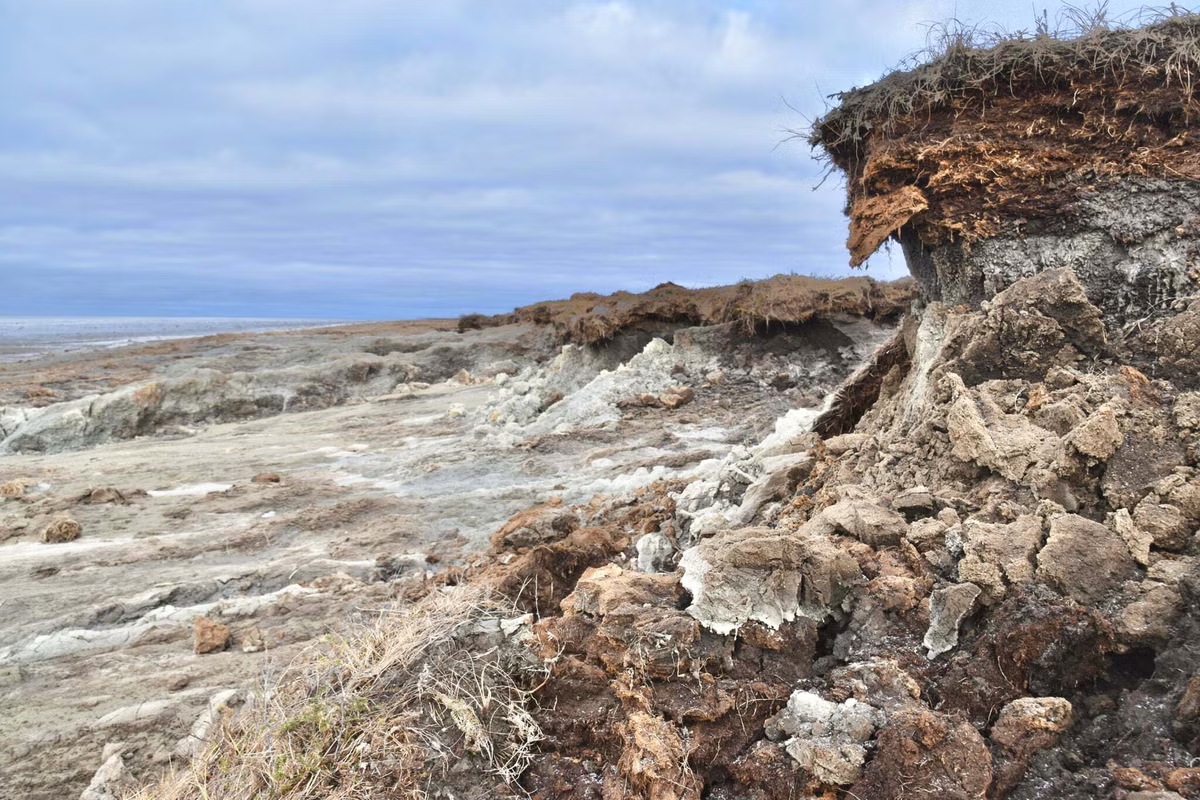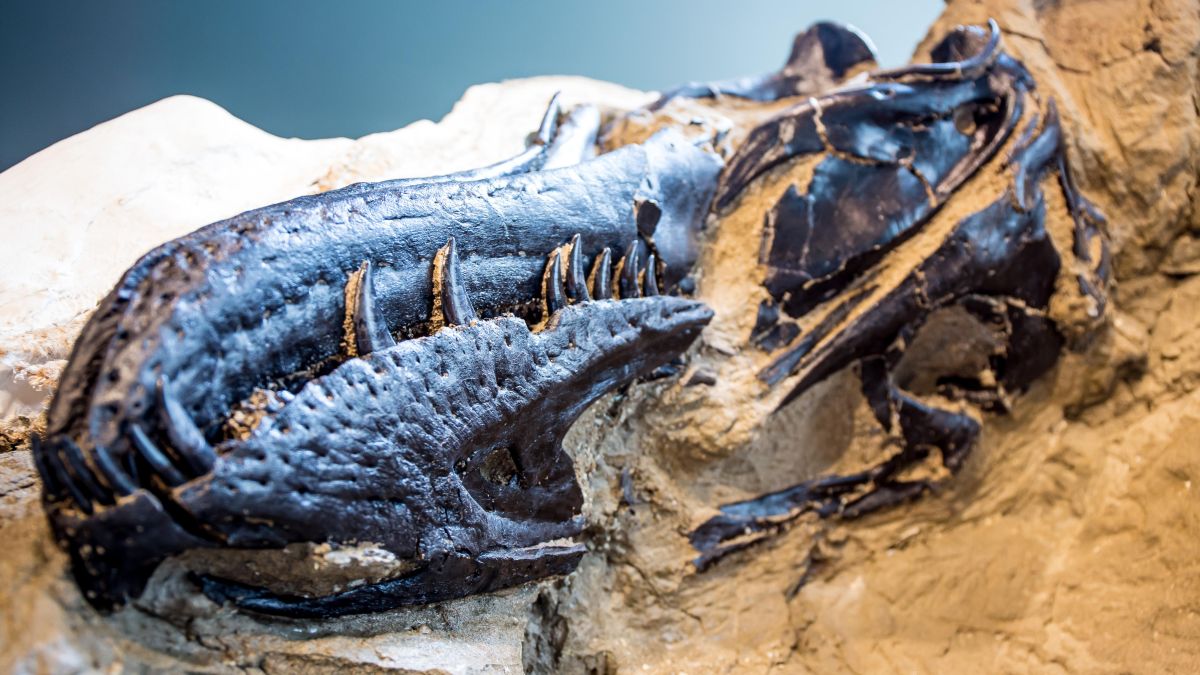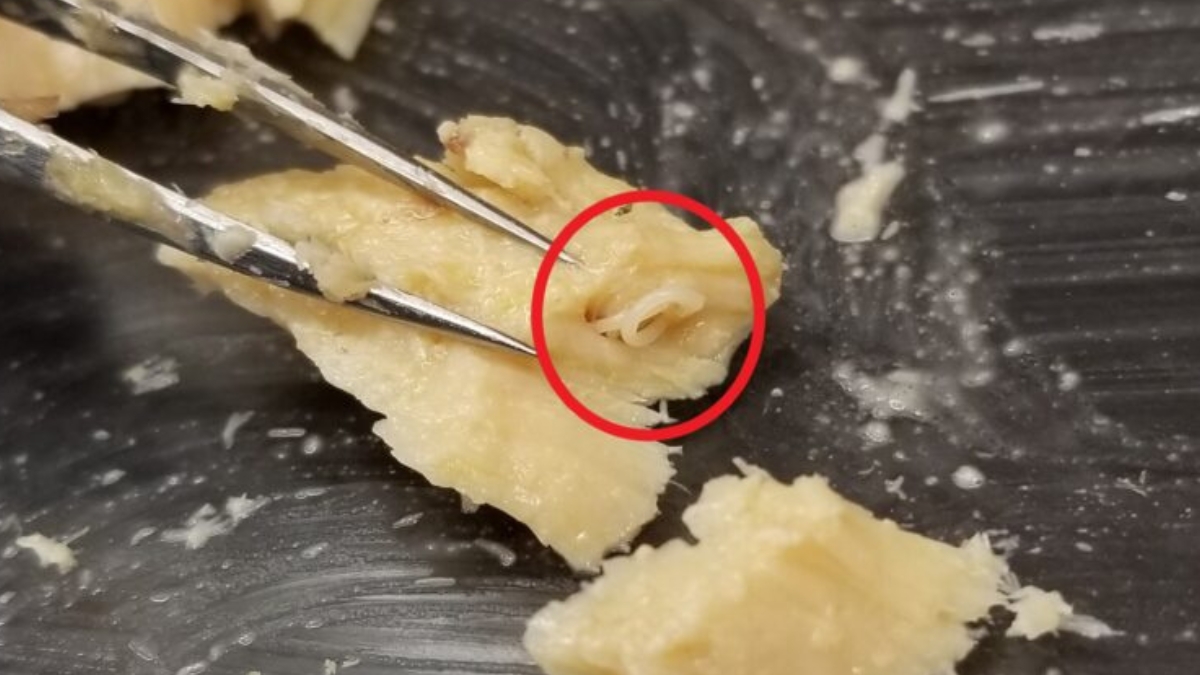The Yup’ik community was spared from much of the widespread devastation remnants of Typhoon Halong brought to Alaska earlier this month, but…

The Yup’ik community was spared from much of the widespread devastation remnants of Typhoon Halong brought to Alaska earlier this month, but…

Fossilized predator bones found in the legendary Cretaceous dinosaur graveyard of Hell Creek did not belong to a baby Tyrannosaurus rex after all.
Analysis of the remains – an almost complete skeleton that forms half of the famous Triceratops-tyrannosaur battle fossil known as Dueling…

An angler in Sweden has uncovered an extraordinary medieval cauldron of historic jewellery and around 20,000 coins while digging for worms.
The…

You might call it the case of the missing carbon.
It was the 1980s. Scientists knew roughly how much carbon dioxide (CO₂) was being emitted globally by humans burning fossil fuels and by natural processes such as volcanos. They also knew how much CO₂ was in the atmosphere. These data…

In 2018, Chinese scientist He Jiankui shocked the world when he revealed that he had created the first gene-edited babies. Using Crispr, he tweaked the genes of three human embryos in an attempt to make them immune to HIV and used the embryos to start pregnancies.
The backlash against He was…

The X-59 will generate a lower “sonic thump” thanks to its unique design. It was given a long, slender nose that accounts for about a third of the total length and breaks up pressure waves that would otherwise merge on other parts of the airplane. The engine was mounted on top of the…

Scientists have made some intriguing parasite discoveries in an accidental back-of-the-pantry natural history museum. Canned salmon, well past its prime, has preserved decades of Alaskan marine ecology in brine and tin.
Parasites can reveal a lot about an ecosystem, since they tend to get up…

Last week’s request for public comment from the Greenhouse Gas Protocol (GHGP) doesn’t look like a major win for a tech giant to the naked eye. In fact, it seems almost clerical. But for Google and Microsoft, the announcement constitutes a considerable win in their years-long battle against…

Archaeologists have unravelled the “murder mystery” of a teenage girl buried 2,000 years ago at an Iron Age settlement in Dorset during…